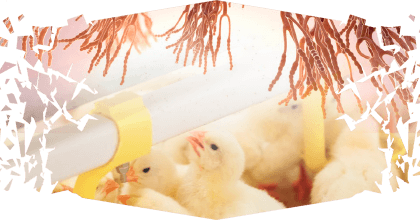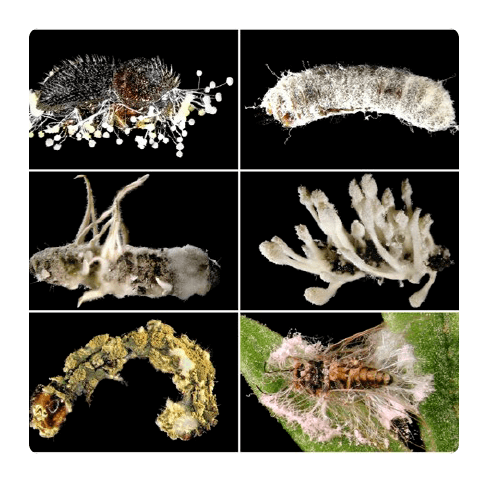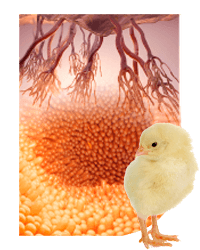Guillermo Téllez Isaías
Department of Poultry Science. University of Arkansas, USA
When we think of fungi, we probably think of mushrooms, but these are just fruiting bodies, analogous to apples on a tree.
⇰ Most fungi live out of sight, but they constitute a massively diverse kingdom of organisms that support and sustain almost all living systems.
| The more we learn about fungi, the less sense life makes without them! |

Fungi challenge our concepts of individuality and even intelligence. They can change our minds, heal our bodies and even help us remedy environmental disasters.
This hidden world of fungi ranges from yeast to psychedelics.
There are fungi that extend miles underground and are the largest organisms on the planet, linking plants in complex networks known as Suzanne Simard’s “Wood Wide Web”.

 There are even fungi that infiltrate and manipulate insect bodies with devastating precision.
There are even fungi that infiltrate and manipulate insect bodies with devastating precision.The diversity of taxa included in the group is poorly studied.
It is estimated that there are about 3.8 million species, of which only 5% have been classified.
However, among these species, 5 fungi are responsible for producing toxic substances that have a very important economic and health impact on animals and humans.
| Secondary metabolites produced by fungi, known as mycotoxins, are capable of causing mycotoxicosis (disease and death). |









 Micotoxicosis prevention
Micotoxicosis prevention